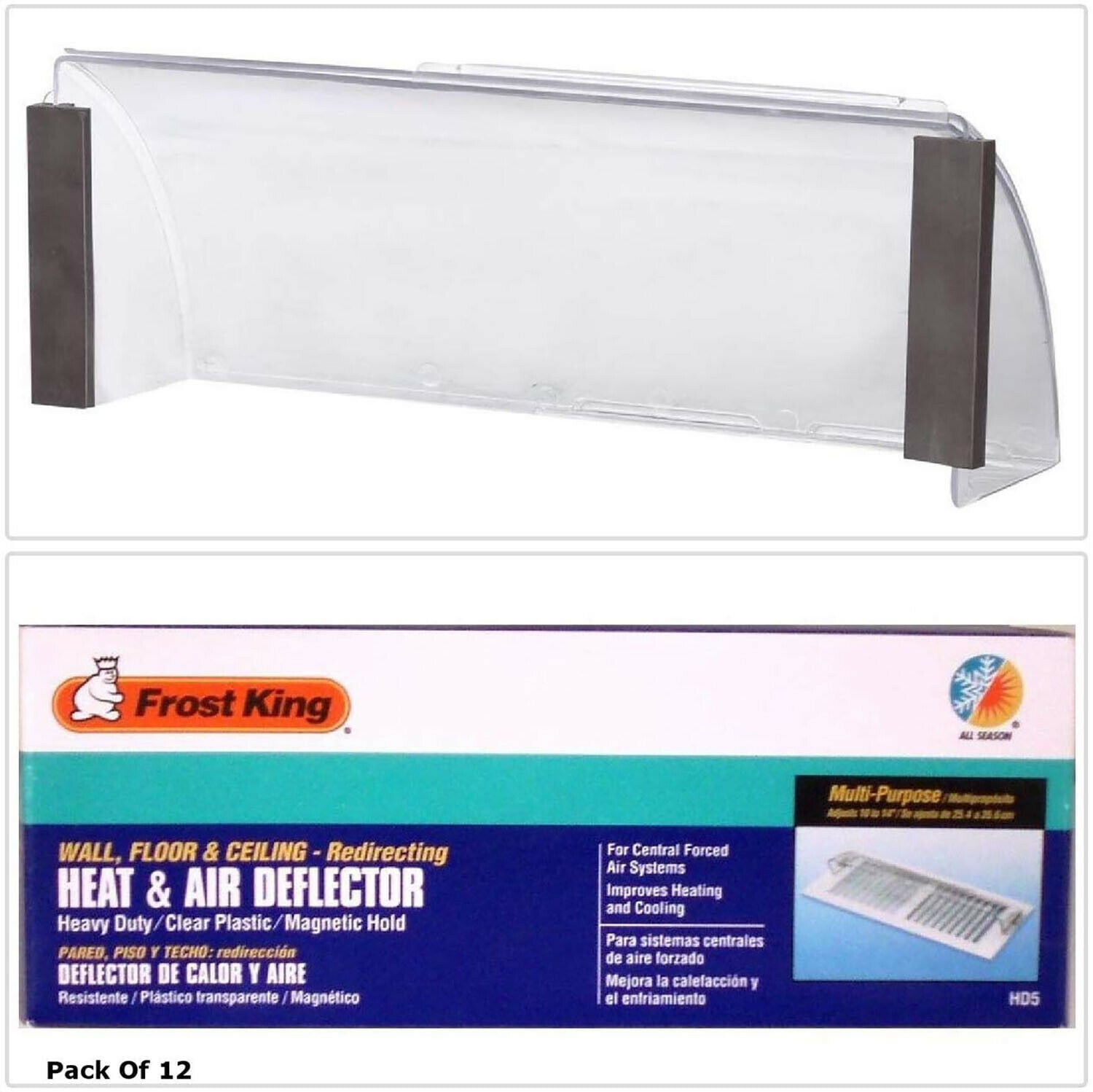
For example, a flexible duct with lots of bends will reduce the amount of sound that reaches the end of the vent. This ties into the shape of the air vent, as more corners, will absorb sound better than a straight duct. Likewise, if there aren’t many walls inside the vent for the sound to bounce off then it will enter the room very easily, as it doesn’t get absorbed by anything. To put it into perspective, if the inside of your vent is made from metal it is very likely the sound will bounce off the material and create noise. The materials the air vent is made from.There are three key factors that will affect air vent noises, which need to be considered before taking any action. Noises transferred through interconnected floors, walls, and ceilings.Īs we’re focusing on soundproofing air vents in your home we will look at the first two issues in the list, which are sounds coming from air vents and noises coming from the HVAC system ducts.īefore we jump in I want to just quickly run over the three main factors that affect noises coming from your air vents.Sounds indirectly traveling through the doors and windows.


In this article I want to share some of the best methods that I came across, as it may help others soundproof their noisy air vents too. There’s a lot of information out there on soundproofing air vents, some of it is good and some of it is bad.


 0 kommentar(er)
0 kommentar(er)
